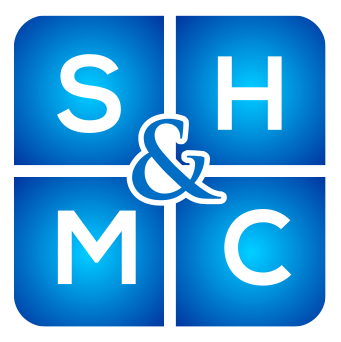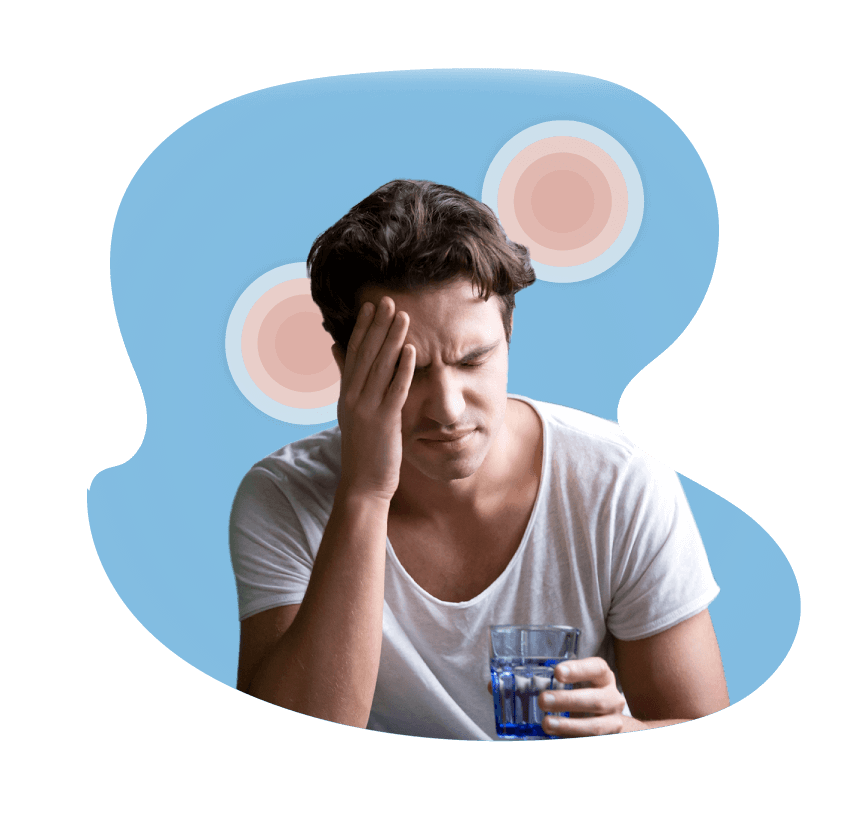What triggers sinus headache?
Sinus Headache Treatment
A sinus headache can be categorised as a headache that’s bilateral in nature with symptoms felt on both sides of the sinus, face and nose. Sinusitis, whether allergic, nonallergic or fungal, can cause changes in the pressure in the sinuses.
However, the sinus infection itself is often not the cause of the headache. Indeed, a sinus infection will often trigger neck pain, which in turn causes the referred pain around the head and is the actual cause of the headache. In a 2019 study, researchers reported 84% of sinus headache sufferers reported neck pain associated with headaches.
We treat many sinus headache sufferers at the Sydney Headache and Migraine Clinic, and we employ cutting-edge methods to determine whether your symptoms are stemming from your neck or brainstem. Once treatment starts, we expect a significant improvement to rapidly occur in 90% of our patients with Sinus Headaches and within the first 3 weeks of treatment consultations.








